Pop quiz!
Look at the following list. Which of the following is made in the USA?
A) Converse Shoes
B) Gerber Baby Food
C) Schwinn Bicycles
D) Craftsman Tools
E) Under Armour
F) York Peppermint Patties
G) All of the Above
H) None of the Above
The answer is at the end of this article.
While researching, I discovered it’s tough to find products entirely made in the USA. It’s even harder to understand what criteria the US government uses to allow companies to make that claim.
What does Made in the USA mean? I’ll try answering that question by exploring a little bit of history and explaining how Asian markets grew to dominate global manufacturing.
Fear of Another Depression
During the early 1940s, economists predicted that the US would sink into another depression after World War II. Nobel Prize winner, Paul Samuelson, worried that unless wartime controls were extended,
millions of military personnel returning from the war would suddenly re-enter the labor market creating the greatest period of unemployment and industrial dislocation which any economy has ever faced.
The recipe for economic disaster was there. Millions of people transitioned from low to high productivity jobs. Extremely high tax rates and rationing of popular goods were acceptable measures because of the support for the war effort.
If you combined all these efforts, it boiled down to a simple premise: there were fewer goods to purchase for an American workforce earning all-time high wages.
However, because the US government persuaded people to save their money, hyperinflation and other economic woes were avoided. In addition to high wages, savings was also at an all-time high.
Fortunately, Americans being smart with their money laid the foundation for the post-war economy. Between 1945 and 1975 was considered “one of the greatest eras of economic expansion in world history.”
Retooling US Manufacturing
After the war, US manufacturing stopped producing war material, retooled, and made goods that changed the country.
For the first time in decades, Americans had extra money to spend.
People left cities and moved to the suburbs. Whole industries appeared, such as fast food restaurants, gas stations, and shopping centers.
In 1945, there were only eight shopping centers in the United States. That number grew to nearly 4,000 in 15 years.

There were several reasons why the US economy grew at such a historic pace, primarily:
- Automobile production quadrupled
- The Cold War led to a rise in defense spending
- A housing boom fed by the GI Bill
The GI Bill
Seeds of the GI Bill were sown decades earlier.
The assimilation of World War I veterans back to civilian life didn’t go well. With so many men flooding the labor market, many couldn’t make ends meet, even with help from government programs.
Congress passed the Bonus Act of 1924, which promised veterans a bonus based on the number of days served. But wouldn’t be paid until 1945, almost 20 years later, much too late to help countless struggling veterans.
In 1932, 20,000 frustrated veterans marched on Washington, D.C. and wanted their bonuses.
President Hoover sent the Army to disperse the veterans and the result became a turning point for veteran’s rights.
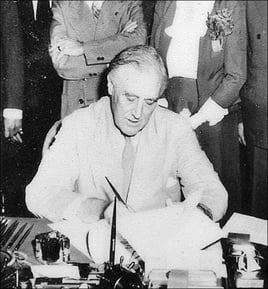
12 years later on June 22, 1944, President Roosevelt signed the GI Bill into law.
The GI Bill contributed many benefits for the returning military such as extending medical care for veterans and providing unemployment benefits.
Perhaps the most influential part of the bill was the guaranteed loans offered by the US government without a down payment.
This gave veterans the opportunity to leave life in the city and buy their house.
Between the end of World War II and 1966, one-fifth of all single-family residences built were financed by the home loan program for veterans of World War II or the Korean War.
The US Changing Economy
The US economy changed after the war: the number of significant American corporations increased and franchise operations, such as McDonald’s, started popping up throughout the country.
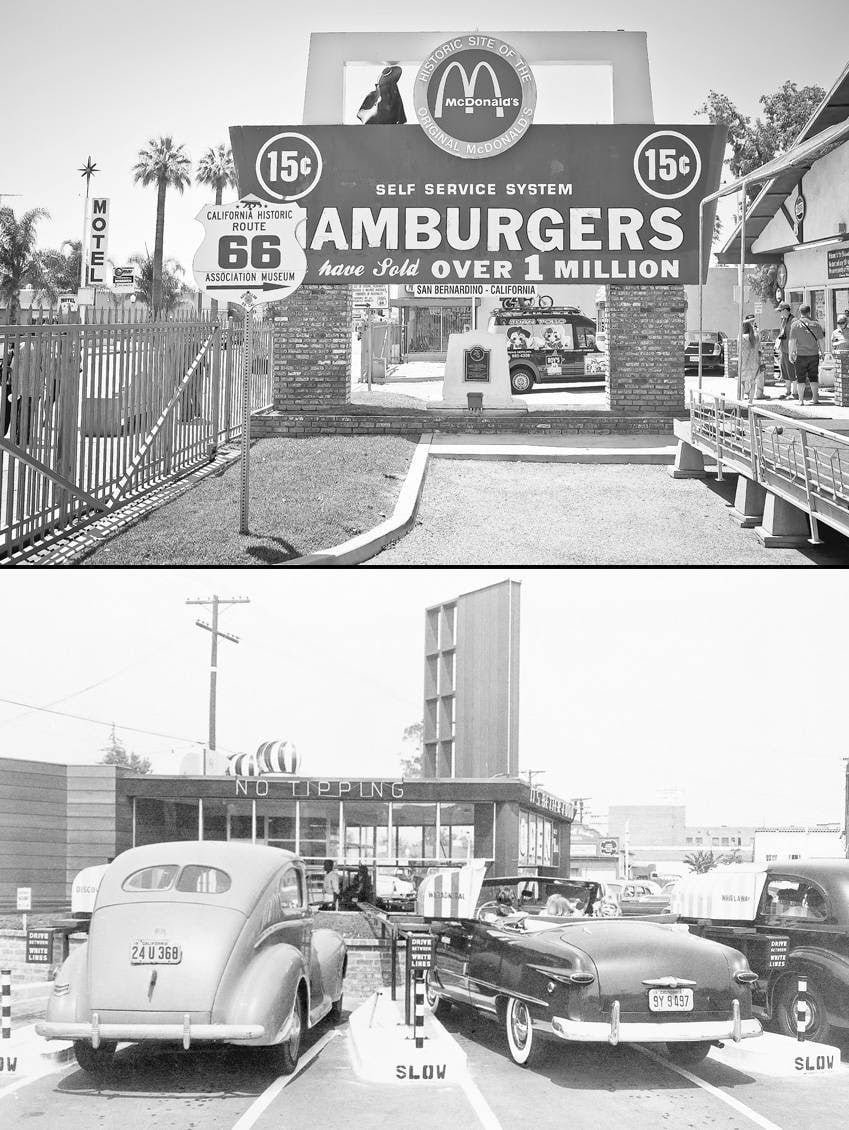
The labor pool also changed. There are two segments of the US workforce: producing goods and providing services.
Paper mills, automobile factories, and steel mills are examples of producing goods. Bankers, baristas, mechanics, and waiters provide services.

After the war, increased productivity created more goods available for people than what they demanded.
This led to manufacturers laying people off because they didn’t need them.
At the same time, because Americans had more money to spend, the service segment took off.
Inevitably in 1956, the service industry segment became the largest workforce segment and remains so to this day.
Of all the various pieces of the economy after the war, farming took the biggest hit. Agriculture advances led to improved crop management and more efficient farming techniques.
American farmers started growing enough food to feed the world. This led to a familiar problem; farming didn’t need as many farmers.
Soon, displaced farm workers were forced to enter an already saturated work environment.
Labor Shortage
There was one significant drawback to the economic expansion: a labor shortage.
There were so few people available in the workforce that companies at times resorted to begging people to come work for them.
To attract workers, manufacturers offered well-paying jobs and benefits.
Eventually, by adding benefits, employees became one of the largest operating expenses for a company.
In the meantime, other countries didn’t have this problem.
Meanwhile, in Asia
Japan, Taiwan, and China rose like a Phoenix from the flames of war to become powerful world economies How? Let’s start with Japan.
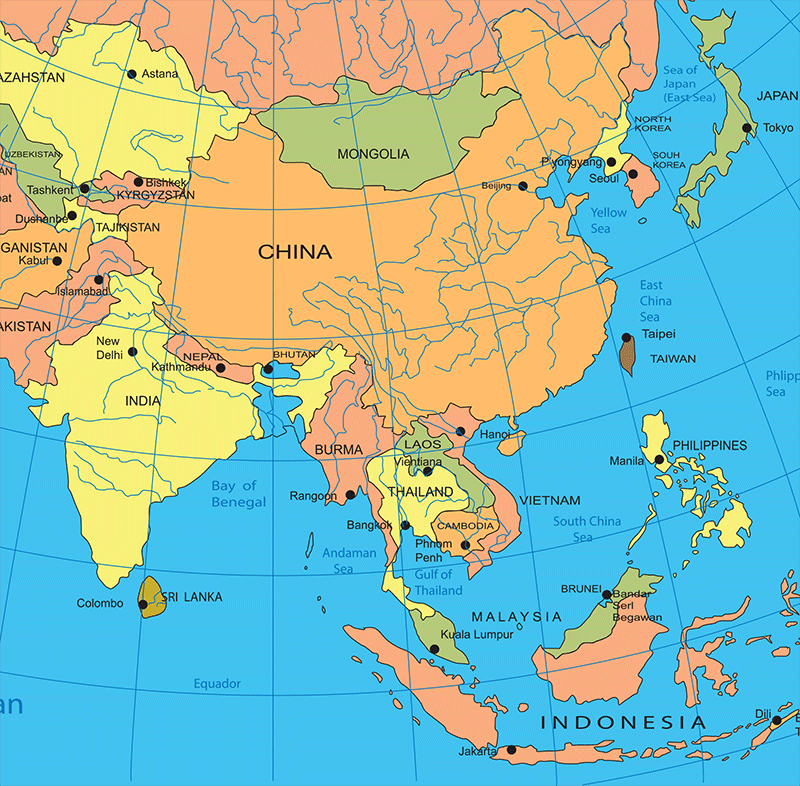
Japanese History Before World War II
Until Commodore Perry ‘invited’ himself to land in Tokyo Bay in 1853, the island of Japan was closed off to the rest of the world.
David Watts Barton colorfully described the opening of Japan:
While western history records this as the “opening” of Japan, the country was “opened” in much the same way an oyster is “opened,” and for the same reasons: The Western colonial and mercantile powers wanted what Japan had, and forced it open.
The Shogunate and Meiji Restoration

For centuries, Japan’s economic system was a hereditary military dictatorship called the shogunate.
According to Barton, the Tokugawa Shogunate “witnessed its demise” from a group of young Japanese.
After overthrowing the shogunate, they transformed the country and restored the Emperor as the head of the government.
Restoring the imperial family was a way of gaining legitimacy for what was essentially a coup. The revolutionaries were young and for that matter, the new Emperor himself was only 17. Nevertheless, the Meiji Restoration did open up Japan in myriad ways, and the country developed at a furious pace.
The Meiji Restoration transformed Japan both inside and out, completely reshaping it. Barton said it:
- Broke down the rigid social structure of the Tokugawa Shogunate.
- Introduced compulsory education and introduced a constitutional government
- Built infrastructure
- Reasserted the Emporer’s traditional divinity
This was the dynamic of the Japanese government before World War II. In order to build its military, however, Japan faced what all island nations did: limited natural resources.
Japanese Economy, Before 1945
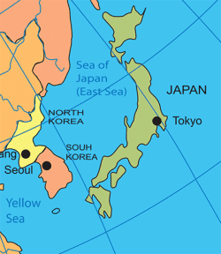
During the Takahashi Period, several companies started, including Toshiba, Hitachi, Mitsubishi Electric, Toyota, Nissan, Nakajima Hiroki, and Mitsubishi.
When Korekiyo Takahashi was assassinated in 1936, the Japanese military establishment took over many companies to produce warplanes and other armaments.
Ironically, this laid the foundation for the accelerated recovery after the war.
Between 1937 and 1945, the Japanese economy increased exponentially.
Such rapid increases in manufacturing depleted its natural resources and forced Japan to invade Manchuria and China to access their natural resources.
Reversing Course
After the war, Allies occupied Japan until 1951 with the idea of punishment and reform. However, when the communists took over China, things changed.
The fear of communism spreading to the weakened Japanese economy forced the Allies to reconsider.
They ‘reversed course,’ and made the rehabilitation of the Japanese economy the top priority.
Japanese Economic Miracle
The Japanese Economic Miracle was Japan’s record-breaking economic growth period.
The “Miracle” started after the war and lasted until the 1990s. Japan became the second-largest economy in the world.
The success of the Miracle is generally attributed to several factors, mainly:
- Land Reforms and Stability
- Demilitarization Benefits
- Korean War
Land Reforms and Stability
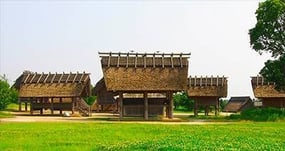
In one of many historical ironies, Japanese land reforms were based on communist ideas.
When adopted, they transformed the country.
Ajay Kamalakaran found that more than 5 million acres were taken from large landholders and sold to former tenants.
“There was no violence or element of direct force. This has a huge impact on the lives of millions of farmers in Japan. Here, a capitalistic country managed an essentially socialist measure and kept the weaker sections of society from needing communists.”
Kamalakaran attributes the smooth transition to one fact:
The landlords could not organize private armies and resist the policies of the occupation forces. The combination of political stability and a hard-working farmer community helped Japan become an agricultural powerhouse.
Demilitarized Benefits
As part Japan’s unconditional surrender, it became unlawful to rebuild its military.
Fortunately for Japan, many of their military engineers, officers, and scientists entered the labor pool.
As a result, Japanese manufacturing became famous for its extraordinary discipline and production.
Korean War
When war broke out in Korea, Japan found itself in the right place at the right time.
Japan became a forward base for US and UN forces and by providing war material, Japanese industry started growing.
Fading Japanese Economy
The Japanese Economic Miracle lasted until the 1990s.
Unfortunately, the Japanese workforce numbers declined, in part, from a shift to part-time workers.
That the shift toward part-time workers in the 1990s alone reduced Japan’s human capital by 2%. This may not sound like much, but modern economies run on human capital, and any decline in this precious resource has an outsize impact on growth.
This, in part, led to “The Lost Decade,” ending the Miracle and stagnating the economy. Japan hasn’t fully recovered.
Taiwan
Taiwan’s economic growth was similar to Japan’s.
However, Taiwan’s history wasn’t entirely stable.

Many Landlords
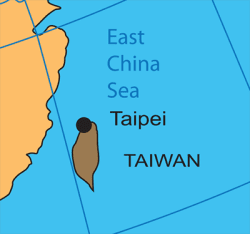
Portuguese explorers “discovered” Taiwan in 1544. Shortly thereafter, the Dutch established a trading post on the island.
This irritated the Ming Court of China, so they sent their navy and kicked the Dutch out.
Over the next two centuries, the Dutch, Spain, and China each took turns controlling the island.
Eventually, Taiwan became a Japanese colony in 1895. Japan’s control didn’t last long. In 1945, Japan relinquished control of Taiwan to the Republic of China (ROC).
Taiwan: After World War II
After the war, the ROC rebuilt Taiwan’s damaged infrastructure first, then focused on economic development.
Because the ROC decided early on to involve itself in industry and commerce, the state determined the direction of the economy.
Land to the Tiller
Pan-Long Tsai called Taiwan’s economic achievements “remarkable.”
Decision-makers weren’t planning for decades ahead; they were made to only deal with short-term problems. Taiwan’s industrial development was simple:
The resulting land reforms led to rapid agricultural growth and advanced agricultural technology. Above all, the individualism of land reform had unexpectedly turned farmers into small modern economic agents.
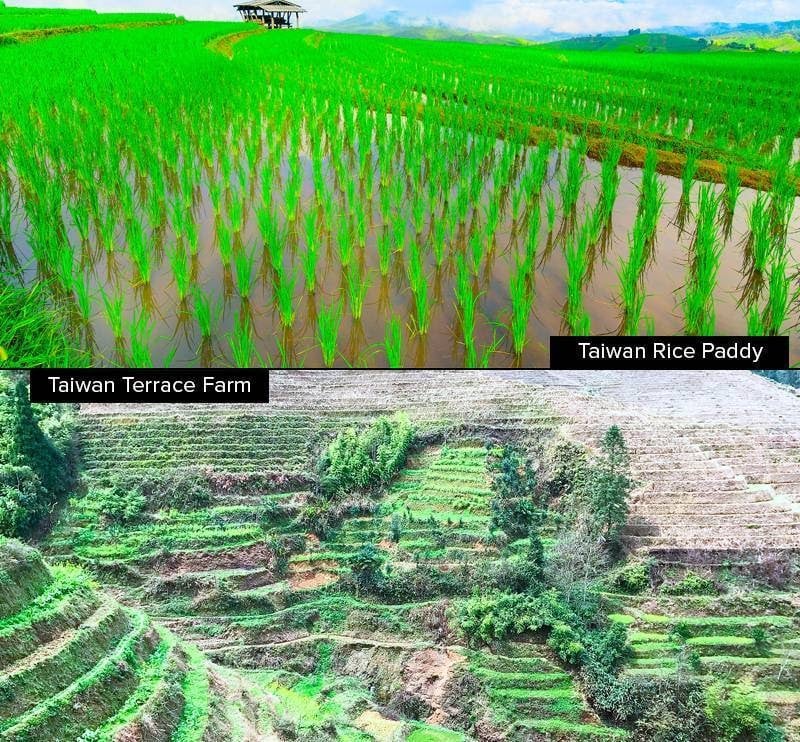
These reforms broke ancient feudal disparities between ordinary people and landowners.
William Gumede wrote that agriculture was Taiwan’s foundation.
In the 1950s, Taiwan introduced what it called its “Land to the Tiller” land reforms. The land reforms were done under the slogan “use agriculture to cultivate industry”. The reform unleashed Taiwan’s great industrial development, distributing new assets and wealth to millions more equitably.
Gumede wrote the Taiwanese government introduced a policy based on either establishing new industries or building up underdeveloped ones.
These policies gave farmers business skills and allowed them to transition to manufacturing by building factories.
Versatile Labor Force
With agriculture as the foundation, the ROC worked towards changing to manufacturing.
This strategy was a major contributor to Taiwan’s modernization.
Eventually, Taiwan’s manufacturing sector was led by textile and apparel and became the second-largest man-made fiber exporter in the world.
Consumer Electronics
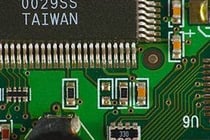
Taiwan began making consumer electronics in 1948. At that time, companies started to assemble radios using imported parts.
In 1961, local companies successfully switched to assembling transistor radios.
Although Taiwan was successful in assembling radios, it wasn’t able to manufacture individual components for consumer electronics.
The ROC government changed this by enforcing rules forcing foreign partners to transfer technologies to Taiwanese partners if they wanted to export to Taiwan.
Rise of Service Industries
The service industry became Taiwan’s largest economic sector in 1987, despite the growth of high-tech manufacturing and textiles.
The shift toward the service industry continued in the 2000s as Taiwan’s manufacturers shifted labor-intensive production to countries with lower wages. By 2008, the service industry was contributing more than 70 percent of Taiwan’s gross domestic product.
Eventually like Japan, Taiwan’s growth stalled.
The economy has recently stagnated. Its exports have been decreasing over the past few years, and worker wages have not kept up with the cost of living. Unfortunately, this country relies on exports for economic growth and other countries like Hong Kong and South Korea have become more competitive in this area.
China’s Economic Rise
China’s rise coincided with the declining Japanese and Taiwan economies. In the 1970s, wrote Penelope Prime at Salon, China’s national income was $155 per capita.
Over the next 40 years, China grew into one of the most economically powerful countries in the world.
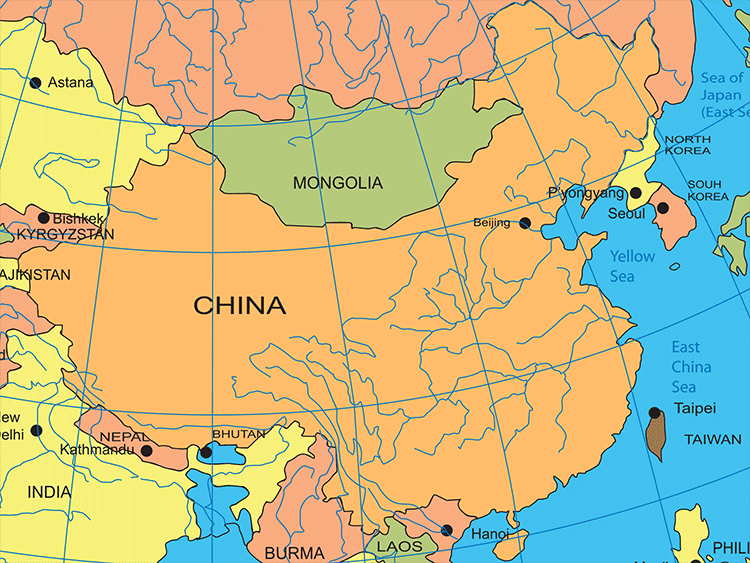
China After World War II
When the war ended, civil war broke out and communist came to power in 1949.
The Chinese leader, Mao Zedong, started China’s reformation using his version of the Soviet Five Year Plan.
The plan was successful. Productivity rose, especially with steel. Hoping to build off that success, Mao next tried his Great Leap Forward.
A leap occurred, but it wasn’t forward.
Agricultural production dropped; communes could not meet the ridiculously high quotas and there was much corruption at the local level.
It turned out to be a Great Leap Backward—an estimated 30 million peasants died of starvation.
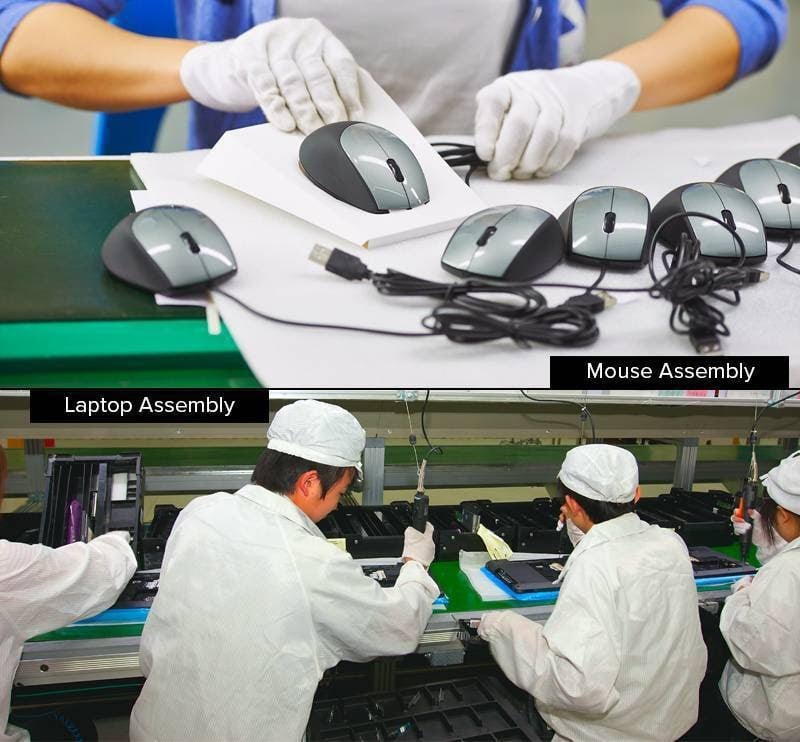
Over the next several decades, the Great Leap Backward stunted China’s growth and thinking.
As a result of rejecting specialization and trade, China’s economy grew slowly, with poor living conditions based on backward technology and little exchange within the country, let alone between China and the world.
Reform After Mao
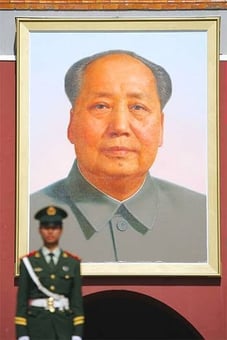
After Mao’s death, new leaders energized the economy with reforms using better technology and more efficient production.
China’s economy “opened up” in December 1978 and the timing couldn’t have been better.
At the time, U.S., Japanese, and European companies were looking for new locations to manufacture their goods cheaply after wages rose in East Asian countries like Hong Kong, South Korea, and Taiwan. And few other countries were welcoming to foreign investment. Companies moved quickly to China giving birth to deep manufacturing capacity that became the center of the world’s supply chain.
Eventually, China’s economic revival slowed down. In fact, because yearly wages increased by 80% in seven years, a good made in China now is only 4% cheaper than in the US.
To counter this trend, China moved to medium to high-tech manufacturing.
This created an opening for other countries to compete in low-cost manufacturing.
The Mighty Five
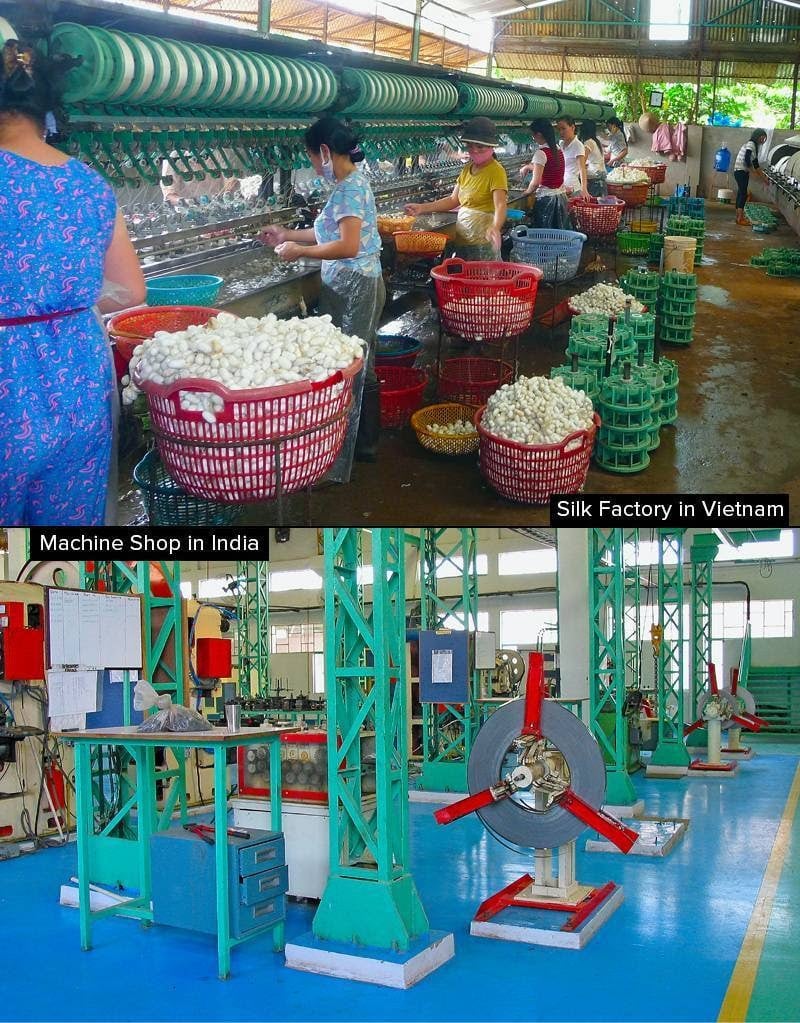
The accounting firm, Deloitte, predicts several countries will fill the void left by China.
Their leading contenders are one of “The Mighty Five” (MITI-V):
China’s transition is opening space for other countries to move into low-cost manufacturing, where China until recently dominated. Deloitte predicts Malaysia, India, Thailand, Indonesia, and Vietnam, the “Mighty Five,” will inherit China’s crown for such products.
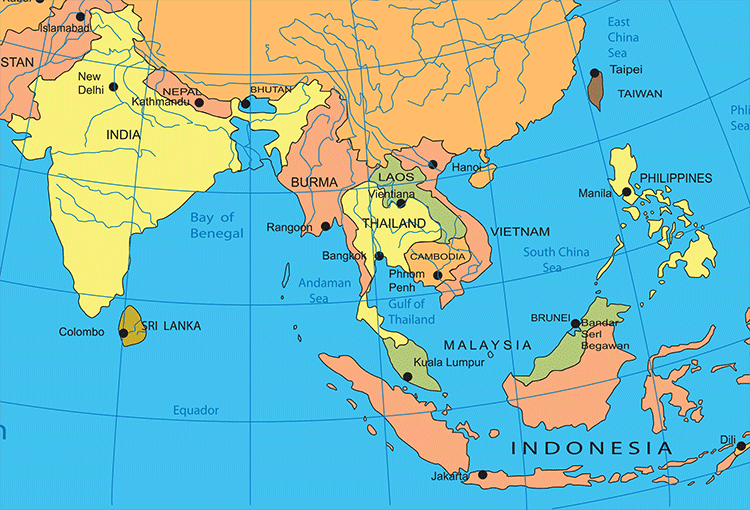
Of the Mighty Five countries, the Diplomat’s Matthias Lomas reported India has the edge because of its low labor costs and huge internal market.
Manufacturing Labor Costs
Deloitte uses its Global Manufacturing Competitiveness Index for a comparison of key economic indicators. One such indicator is the labor cost per hour for manufacturing.
For comparison’s sake, here’s how 15 countries stack up:
| Country | MFG Labor Costs/hr |
| Germany | $40.54 |
| United States | $37.96 |
| United Kingdom | $31.16 |
| Canada | $30.59 |
| Singapore | $24.51 |
| Japan | $23.95 |
| South Korea | $20.71 |
| Taiwan | $9.42 |
| Mexico | $6.24 |
| China | $3.28 |
| Thailand | $2.78 |
| Malaysia | $2.60 |
| Vietnam | $1.96 |
| India | $1.72 |
| Indonesia | $0.49 |
Not Made in the USA
Many American manufacturers are moving their production outside of the country.
As a result, the US has a deficit of goods and services of $502 billion. By a wide margin, the US imports more goods from China than any other country.
Here is the list of the top ten nations exporting to the US:
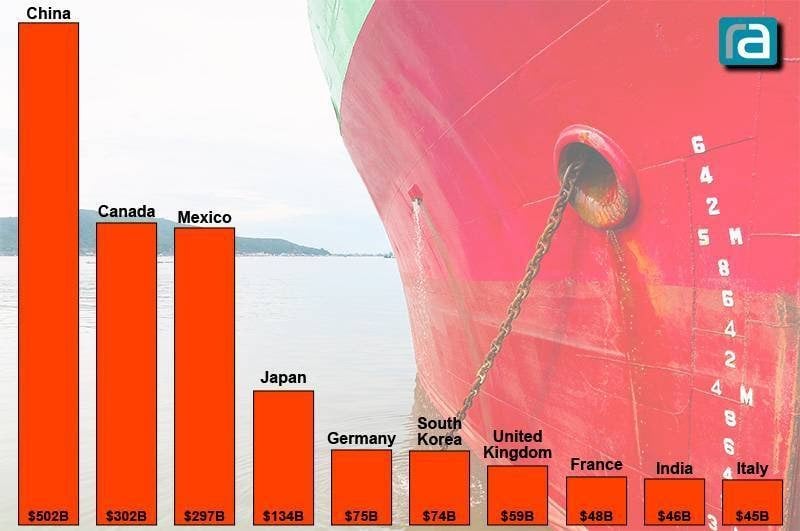
Chinese Manufacturing: Advantages
More US companies send their manufacturing production overseas, primarily to China.
Doing so provides several significant advantages, including:
- Lower costs
- Cheaper labor
- Expansion capabilities
- Mass Market
Lower Costs
Chinese low operating costs are derived from having raw materials.
China makes its raw materials and because of high demand, they cost less.
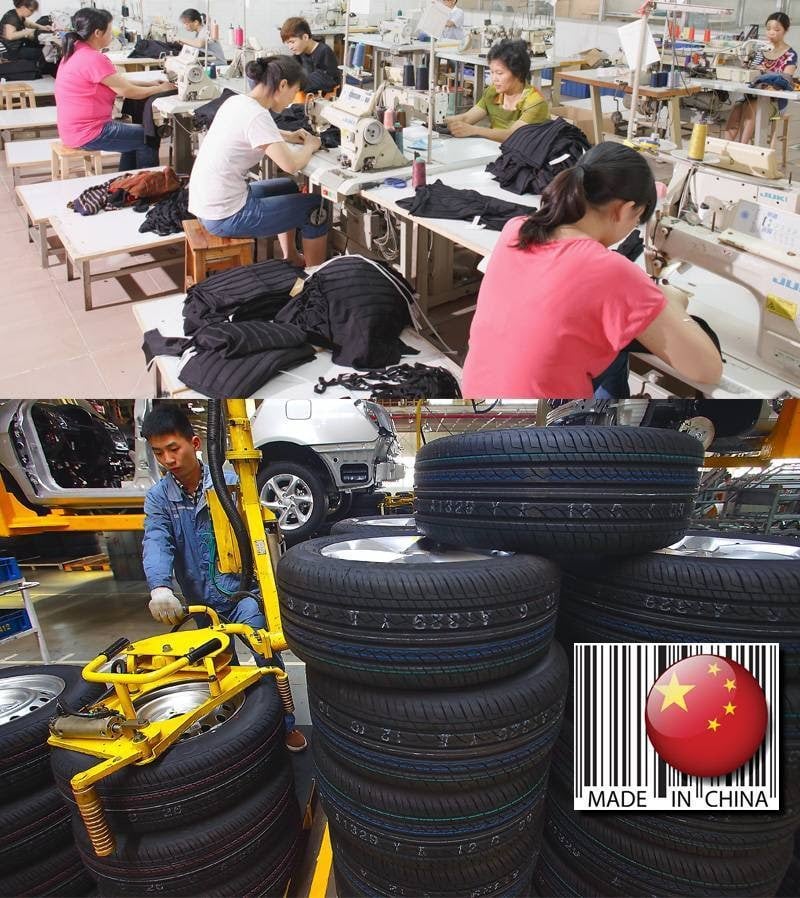
Cheaper Labor
Chinese labor reduces costs between 30% to 80% depending upon how labor intensive a product is.
Expansion Capabilities
For any US company to manufacture any product, it needs to complete several steps including:
- Paperwork, legal fees, zoning, etc.
- Facility construction
- Buying required equipment
- Hiring employees
By using Chinese facilities, these steps are avoided and the company’s product goes to market much cheaper and faster.
Mass Market
Using Chinese factories makes it easier to sell to Asian markets that have over 4.5 billion people living there, truly a mass market.
Chinese Manufacturing: Disadvantages
There are many downsides to using Chinese manufacturing. Please note, not all Chinese manufacturing facilities have these issues.
However, these are some disadvantages historically attributed to Chinese manufacturing:
Quality Control
Some Chinese factories run outdated equipment, processes, and workflows. This means quality control isn’t equal with more developed countries.
Sometimes, if there is a quality issue in production, Chinese manufacturers don’t always look for the cause.
If an appliance product doesn’t work anymore due to a fuse melting from a power surge, the factory just replaces the fuse. It rarely investigates why a surge happened, preventing it from happen again.
Tight production schedules prevent Chinese factories from solving problems. Solutions take a lot of work and is time-consuming.

Price Increases
Unless there is an agreement, a company may experience unexpected price increases.
Because Chinese manufacturers continuously work to keep costs down, they produce the first batch at cost.
After that, however, production costs go up.
Production delays
With such long and complicated routes to market, there are many opportunities for production delays.
Weather, plant shutdowns, labor strikes, and war are some reasons for delayed production.
Quality Fade
David Volodzko, writing at the Diplomat, defines quality fade:
The idea that once a foreign buyer became comfortable with its Chinese manufacturer, that manufacturer starts skimping on quality to save money. Your product might go from being 10% copper to 5% without telling you of the change.
The more any material is hidden from view, the higher the odds are it’s going to be replaced.
Language Barrier
Unless somebody is fluent in Chinese, there is a significant language barrier to overcome.
Biggest Disadvantage: Bad Reputation

Let’s face it. When you see “Made in China” on something, what’s your first thought?
Chinese manufacturing equates to cheap for many.
Jeff Lemke, a Sales Engineer for Avana Electrotek, a Chicago-based company that distributes and repairs rotating equipment, said that “Made in the USA” used to represent pride and workmanship from a bygone era.
“It stood for fair trade, safe working conditions, employees that were loyal to their employers, and vice versa.”
Although an item made in the United States may be more expensive, Lemke still is inclined to buy it.
“A good example for me is a garden hose attachment. The cheaper versions made in China never lasted a season without breaking. After replacing one several times one year, I decided to pay a little more and bought one made in the states. It’s lasted me several seasons.”
Tim Bauer owns Impact Advertising, a promotional item company based in Eau Claire, Wisconsin. Bauer said that on a daily basis, he deals with both domestic and imported items.
Since the 2008 recession, he said, Americans started to feel a responsibility to buy American.
Working with domestic companies, he said, makes it easier if there are any problems.
“The beauty is quality control. If there is a problem, a USA-made company addresses and remedies it immediately. The USA may not be able to compete with the widgets of the world because those kinds of items will always be a commodity.”
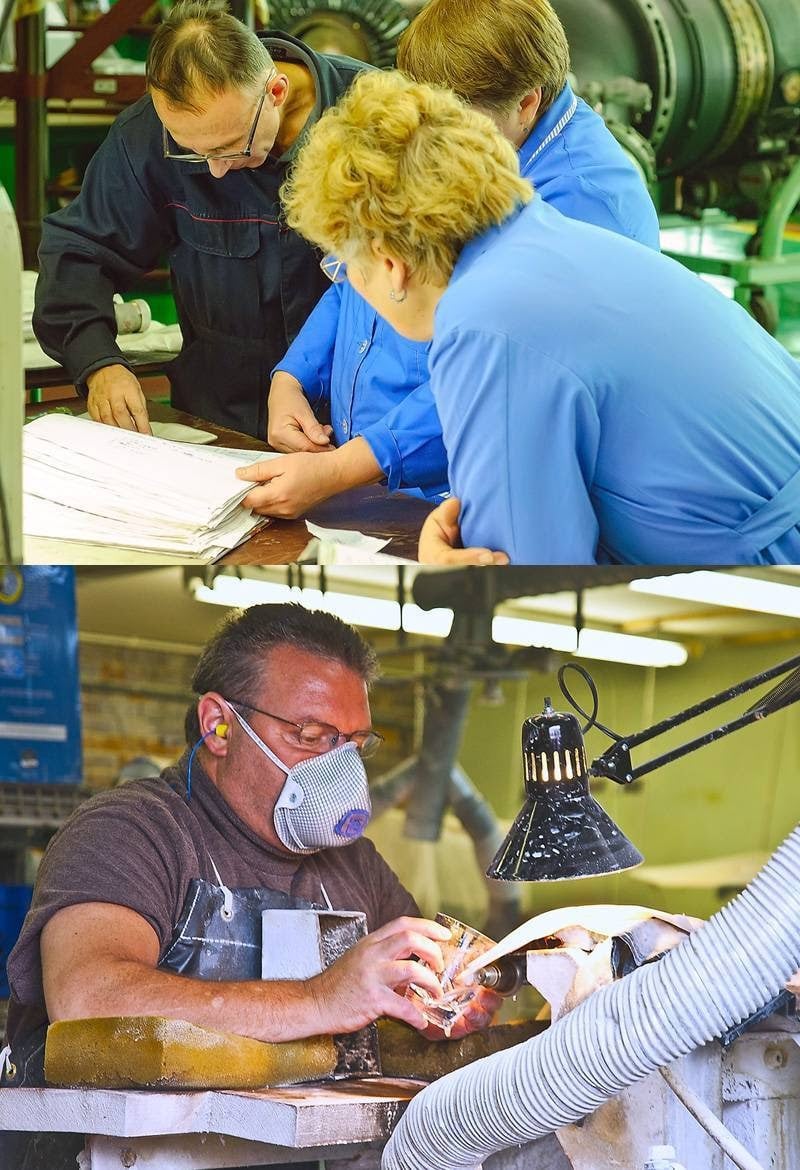
For people like David Mihm, founder of Tidings.com, the country of origin doesn’t always matter, but the kind of company that makes it does matter.
“Quality, reliability, and price are probably the initial factors to consider. Depending on the industry, if products made in the USA are of higher-quality and comparable price, I’d choose them. However, if it’s a terrible company that happens to make its products here, I still don’t want to support them. If it’s a great company, especially if it’s a B-corporation, that sources products abroad I’m more likely to buy from them.
I’m a strong advocate for buying locally due to the positive economic impact on my community, and in that sense I 100% support “Made in the USA” products. But, I’m also an economic realist. In the era of globalization, many products can be made better and more cheaply in other countries.”
Made or Assembled?
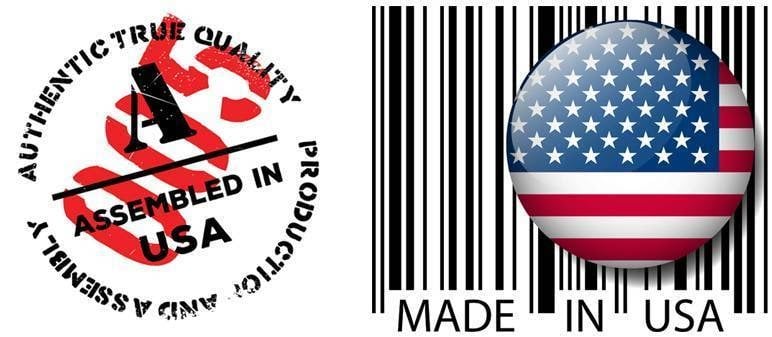
When is Made in the USA not Made in the USA? Maybe if it’s manufactured elsewhere and assembled here?
You would think that such a simple statement is easy to define.
According to the FTC, for a product to be called “Made in the USA,” the product must:
be “all or virtually all” made in the U.S. The product’s final assembly or processing must take place in the U.S.
Notice the quotes around all or virtually all. Obviously somewhere along the line, lawyers became involved in the process.
“All or virtually all” means that all significant parts and processing that go into the product must be of U.S. origin. That is, the product should contain no — or negligible — foreign content.
This provides gray area.
For example, definitions some companies use is that their product is “Assembled in the USA,” “Made in the USA and of US and imported parts,” “60% US content,” use a US flag, map, or just mention “US” in its brand name.
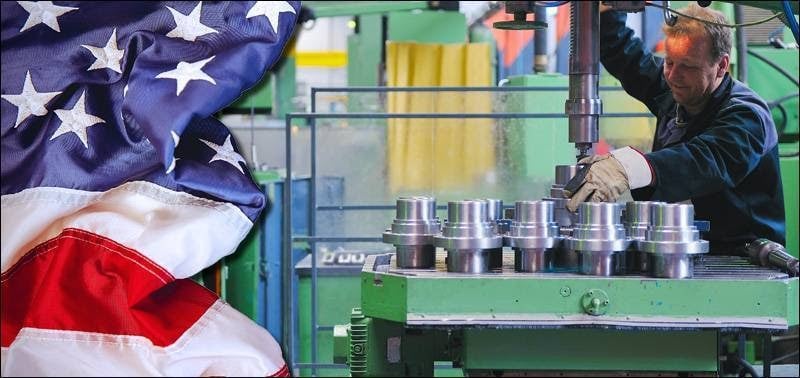
Why the distinctions? Made in the USA is an important tool.
Companies label their products as “Distributed By ABC Corp” and list a US address. Others will label their products as “Produced By ABC Corp” and list a US address, seeking to obscure the origin of its products. Some will only show the company name and address on the packages!
This directly relates to Tim Bauer’s observation of a recommitment to using American-made products.
Appealing to consumers’ patriotic nature is an effective form of advertising, and it starts with the US manufacturer’s labeling of goods and products. Companies of all sizes have profited from highlighting a product’s country of manufacture.
Assembled in the USA
There’s also a distinction between ‘Made in’ and “Assembled in” the USA labels.
Again, per the FTC:
A product that includes foreign components may be called “Assembled in USA” without qualification when its principal assembly takes place in the U.S., and the assembly is substantial. For the “assembly” claim to be valid, the product’s last “substantial transformation” also should have occurred in the U.S.
In Sum
Entire college courses have been written about the topic we covered in a single article.
There are many other factors that influenced manufacturing in the United States to move their facilities out of the country, we simply mentioned a few of them.
World War II left most of the world in piles of rubble and the United States played both a direct and indirect role in rebuilding European and Asian economies.
As US service industries grew at the expense of manufacturing, countries such as Japan, Taiwan, and China filled the manufacturing void for American consumers.
With the rapid ascension of American imports since the 1950s, some companies are taking advantage of the resurgent “Made in the USA” mentality by creatively describing where their products are made.
What Do You Think?
What does Made in the USA mean to you? How much does it matter to you where a product you buy is made?
Let us know in the comments.
Quiz Answer
The correct answer to the quiz is: H) None of the Above.
Here’s the list again, but with the country of origin:
- Converse Shoes: Indonesia
- Gerber Baby Food: Gerber doesn’t disclose its manufacturing list, but Nestle states that the company has 418 factories in 86 countries
- Schwinn Bicycles: China and Taiwan
- Craftsman Tools: China and Taiwan
- Under Armour: Asia, Central and South America, and Mexico
- York Peppermint Patties: Mexico

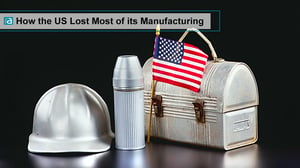
COMMENTS